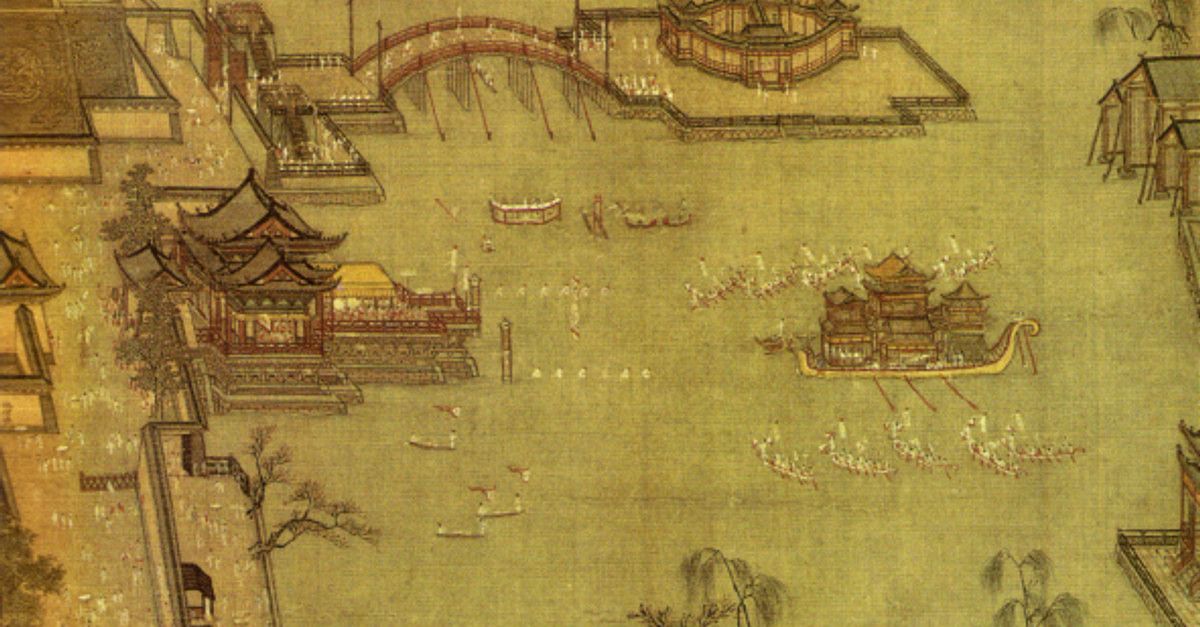
They are then gilded, often on the edges, in the interior, and on the base.Ĭloisonné objects were intended primarily for the furnishing of temples and palaces, because their flamboyant splendor was considered appropriate to the function of these structures but not well suited to a more restrained atmosphere, such as that of a scholar’s home. Once this process is complete, the surface of the vessel is rubbed until the edges of the cloisons are visible. Enamels commonly shrink after firing, and the process is repeated several times to fill in the designs. The vessel is usually fired at a relatively low temperature, about 800☌. The glass paste, or enamel, is colored with metallic oxide and painted into the contained areas of the design. Known as cloisons (French for “partitions”), the enclosures generally are either pasted or soldered onto the metal body.

A very few cloisonné objects have been dated on stylistic grounds to the Yongle reign (1403–24) of the early Ming dynasty.Ĭloisonné is the technique of creating designs on metal vessels with colored-glass paste placed within enclosures made of copper or bronze wires, which have been bent or hammered into the desired pattern.

However, cloisonné is recorded during the previous Yuan dynasty, and it has been suggested that the technique was introduced to China at that time via the western province of Yunnan, which, under Mongol rule, received an influx of Islamic people. The earliest securely dated Chinese cloisonné is from the reign of the Ming Xuande emperor (1426–35). Foreign influence contributed to the development of cloisonné during the early fourteenth to fifteenth century in China.


 0 kommentar(er)
0 kommentar(er)
